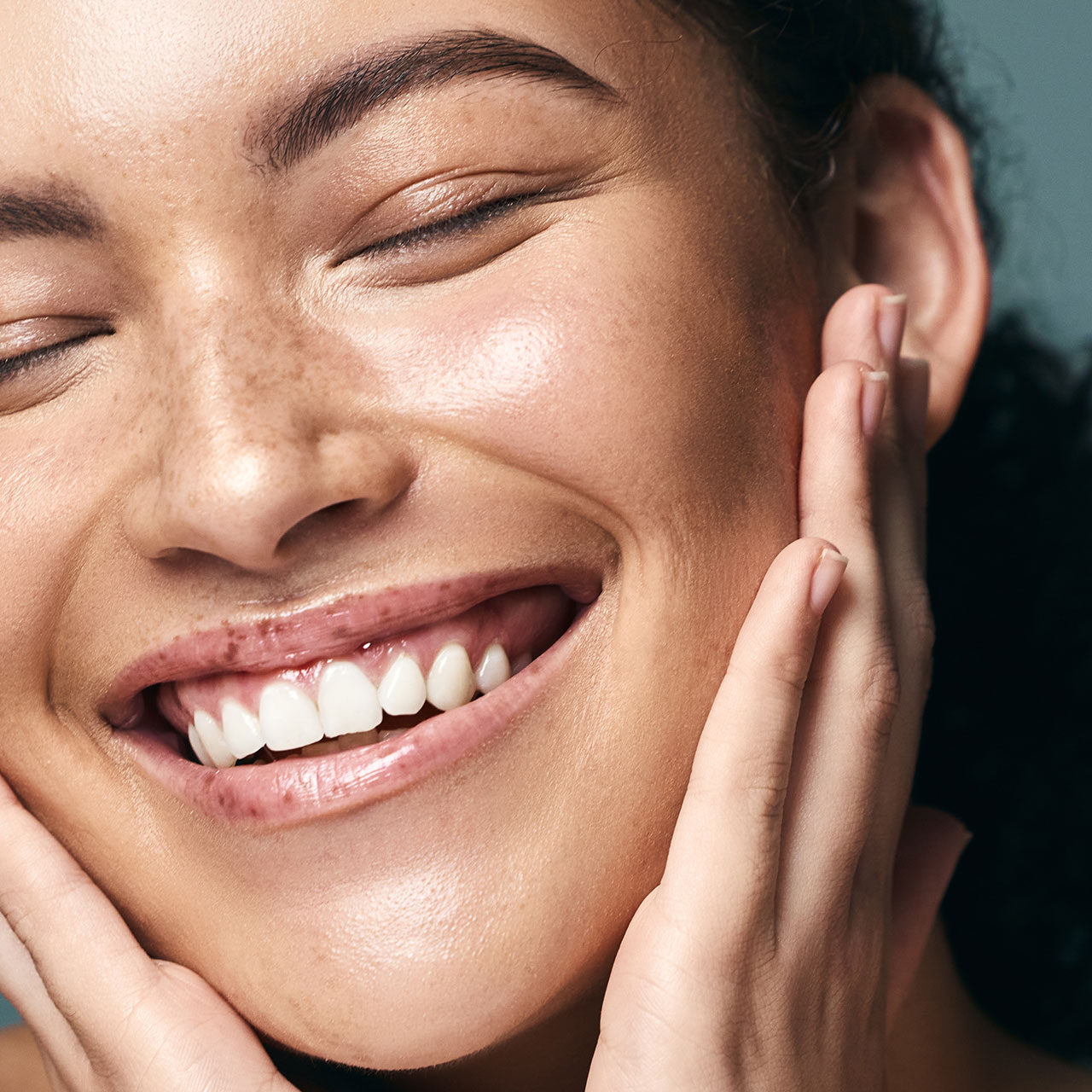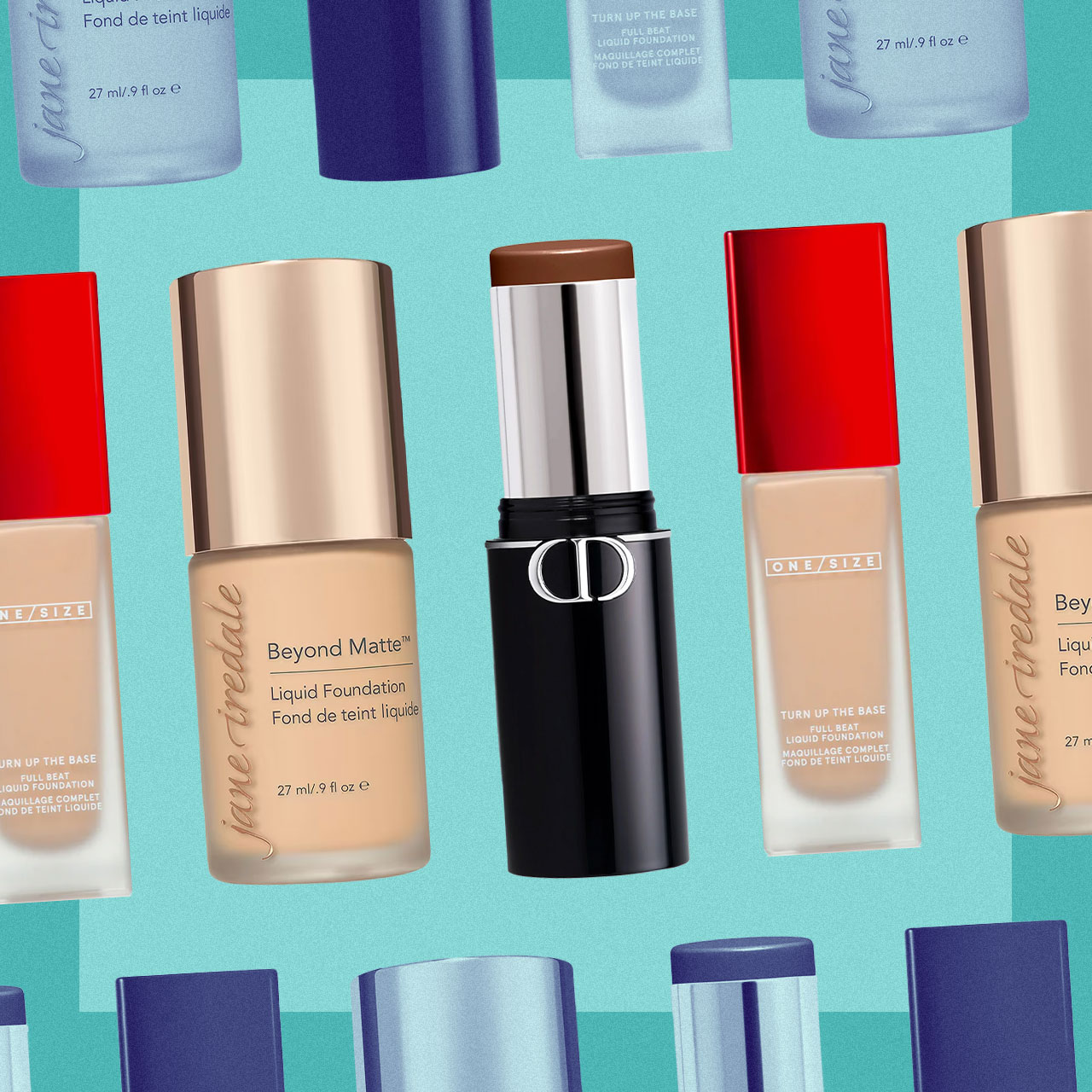If you want the healthiest skin of your life, eating a well-balanced diet that is abundant in a certain type of fat is crucial. It may sound paradoxical given the bad press that foods containing trans fat get, but the word “fat” in food is often misunderstood. Not all fats are one and the same. While it’s a good idea to keep foods containing trans fats (such as dairy creamers and fried foods) to a minimum, polyunsaturated fats like omega-3 fatty acids are an essential part of your diet for a number of reasons including some major ones: they protect against heart disease, can curb inflammation in the body, and can even improve brain and eye health.
For anyone who follows a solid skincare routine and is trying to up their game in that department, here’s yet another reason to celebrate omega-3’s: they can benefit your complexion in some pretty wonderful ways. Dr. Wendy Bazilian, DrPH, MA, RDN, ACSM-EP, owner of Bazilian’s Health Clinic, author and award-winning journalist, tells us why omega-3 fatty acids are important for our health and our skin — and how to incorporate more of them in your daily diet.


Why are omega-3 fatty acids so important?
Omega-3s are a hard-working nutrient, according to Dr. Bazilian, and can help form the cellular membranes in all the cells in our body. “What this means is that there is a true functional reason to eat omega-3 fatty acids,” Dr. Bazilian says. “From a structural and metabolic standpoint, your body needs this type of fat to operate so this is why they are important for overall health AND skin. They help with the flexibility of cell membranes and the transfer of nutrients into the cell; allowing for essential metabolic processes to occur (like making energy!)”

Dr. Bazilian points to a comprehensive research review, published in the journal Advances in Nutrition in 2022, that she says found that increasing ALA in the diet was associated with a 10% lower risk of cardiovascular disease and 20% reduced risk of fatal coronary heart disease. Findings also showed trends toward decreasing cholesterol, blood pressure, and inflammation.
Omega-3s also play a critical role in normal skin function and appearance. “Omega-3s have been shown to play a role in reducing the damaging effects of sunlight and signs of aging skin as well as impacting anti-inflammatory processes that can benefit the skin,” Dr. Bazilian says.
Rough, scaly skin and dermatitis could be a sign of a deficiency or insufficiency of omega-3s, she adds.

Which foods contains omega-3 fatty acids?
There are three main omega-3 fatty acids, Dr. Bazilian explains: alpha-linolenic acid (ALA), eicosapentaenoic acid (EPA) and docosahexaenoic acid (DHA). “EPA and DHA are found in fatty fish, including salmon, mackerel, and trout,” she continues. “ALA is found in plant-based foods, such as walnuts, walnut oil, chia seeds, chia oil, flaxseed, soybean oil, and canola oil. ALA is considered essential because it cannot be made in the body so you/humans must consume it. EPA and DHA can be formed from ALA.”

How much omega-3 should you aim to get into your diet each day?
The National Academy of Medicine recommends that adults get 1.1 – 1.6g of ALA per day for general health maintenance, Dr. Bazilian says, but adds that some researchers, based on new evidence, recommend more – around 2-4g per day - for health promotion and disease protection.
“There is no official recommendation for DHA and EPA, but intake is generally low among people,” Dr. Bazilian says. “I advise that people aim for 0.25g (250mg) of total DHA and EPA per day. Women who are pregnant should consume 8-12 ounces of seafood per week, particularly sources that are higher in EPA and DHA and lower in mercury, such as salmon, herring, sardines, and trout – to meet their needs. Given the positive associations we’ve seen in the research, I’d say it’s always worthwhile to add some omega-3s to the plate – both from plant and animal sources to get all the omega-3s and a variety of nutrients that come with those foods.”

Can a supplement help?
“I am friendly toward (quality/GMP/third party tested) supplements in general AND I always suggest my clients (we) look to our diet and foods first and supplement ‘selectively’ (meaning based on individual needs),” Dr. Bazilian says. “Also, a supplement will never make up for a poor diet.”
Here are some easy ways that Dr. Bazilian suggests you can incorporate more omega-3 fatty acids into your diet:
1. Chia oil: “1 teaspoon provides more than your daily ALA needs; drizzle on top of oatmeal or a salad or add to your smoothie
—also: Chia oil is a popular ingredient in high-quality skin care products, too,” Dr. Bazilian says. “For its omega-3s, antioxidants and also alpha lipoid acid (an antioxidant that has been shown to help minimize fine lines and wrinkles while encouraging healthy cellular function.”
2. Walnuts: 1 handful (about ¼ cup) provides more than your daily ALA needs; eat on their own, in a snack or trail mix, or add to a salad, according to Dr. Bazilian.
3. Salmon or trout: “Make a batch of this for dinner and make enough for leftovers; you can easy add some to an omelet or on top of avocado toast for breakfast or on a salad or sandwich for lunch,” Dr. Bazilian suggests.
Bottom line: omega-3 fatty acid is the healthy fat you should be incorporating more of into your diet — both for your health and for healthier-looking, more radiant skin.


























